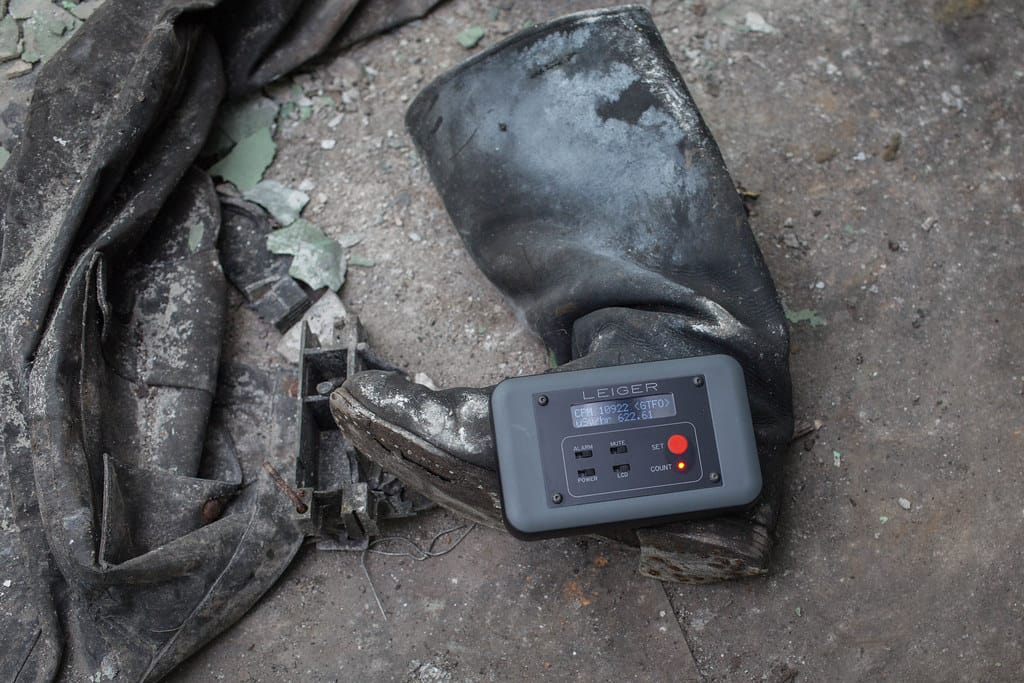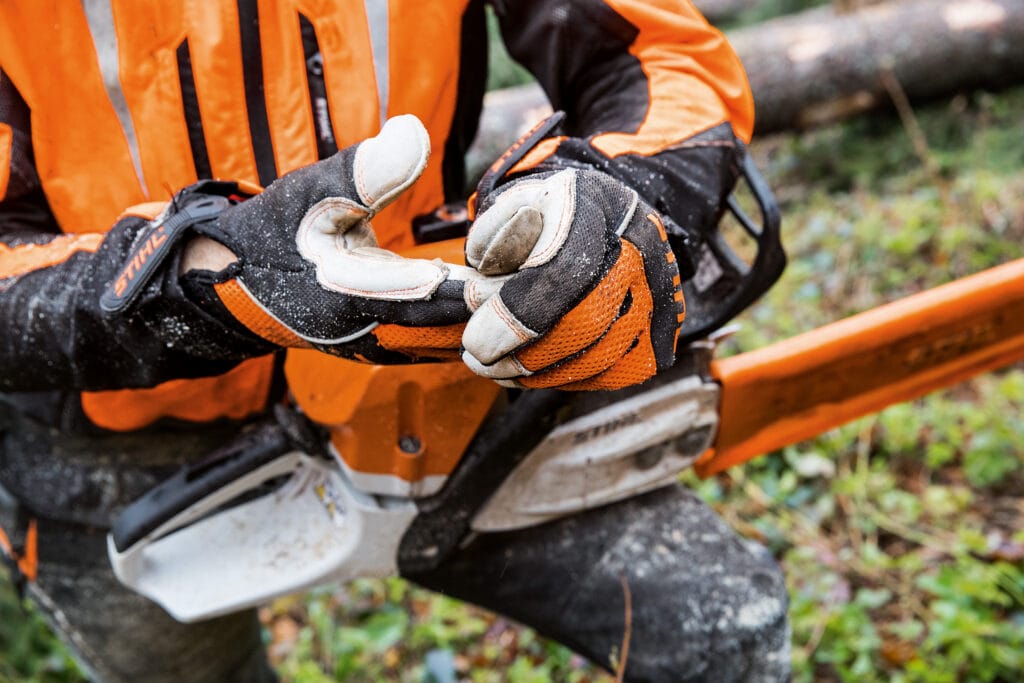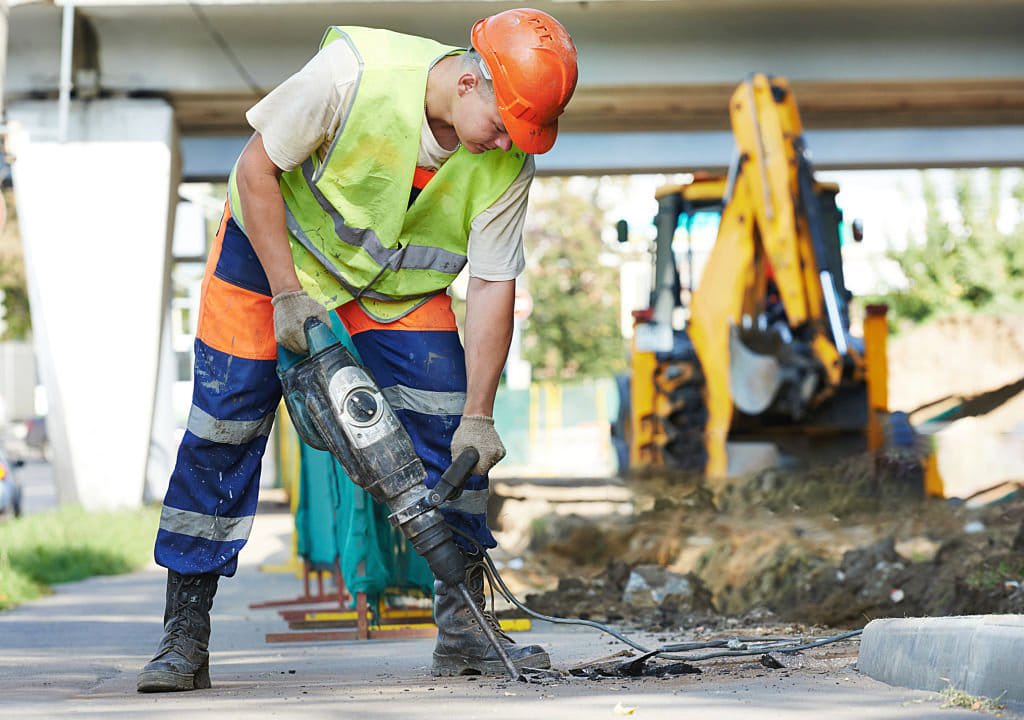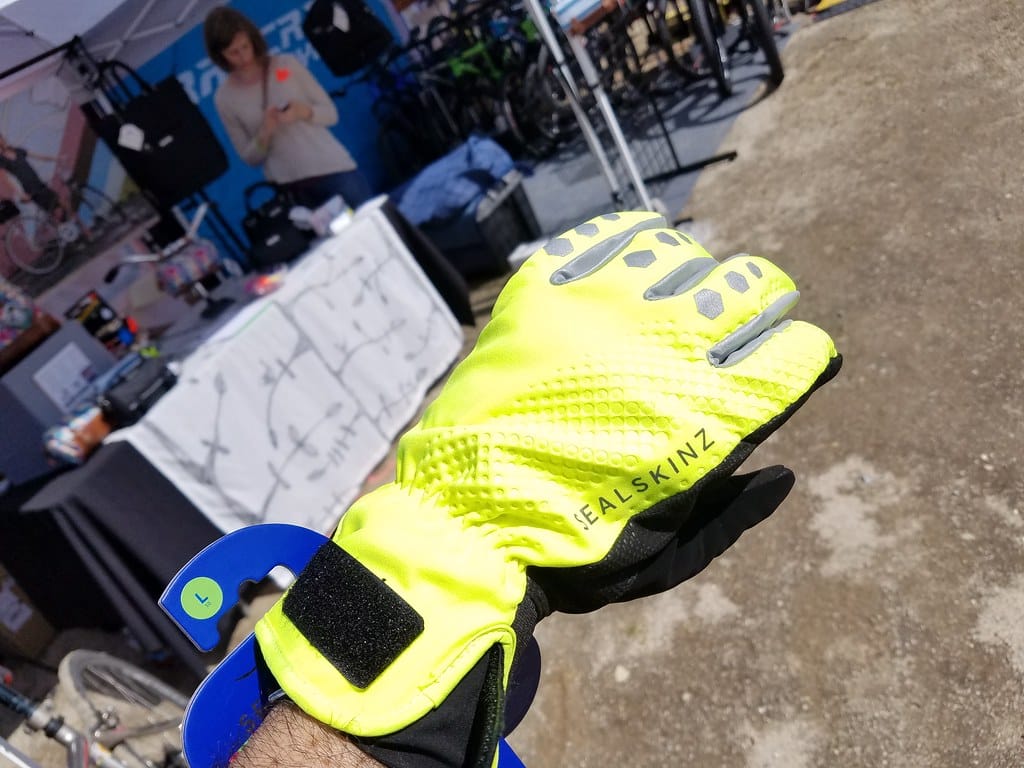
In arc flash zones, every part of the body needs protection—including the feet. While gloves, hoods, and coveralls often get the spotlight, EH-rated safety boots play a vital role in preventing electrical shock, slips, punctures, and crush injuries.
EH boots (Electrical Hazard boots) are built to withstand thousands of volts of electricity while also meeting the physical demands of industrial work. If your team is working near energized equipment, underground cables, or switchgear stations, proper footwear is a must—not a maybe.
Why EH-Rated Boots Are Required in Arc Flash Work Zones
In arc flash incidents, electrical current can travel through the ground or arc between conductors. If a worker’s footwear is not properly insulated, they can become the path to ground—and the results are often fatal.
EH boots provide:
- A non-conductive barrier between the foot and ground
- Protection against step-potential and contact hazards
- Resistance to impact, compression, puncture, and slip injuries
- Enhanced grip on slippery or wet surfaces (often present near electrical equipment)
Even a small voltage leak through the floor can lead to muscle lock, cardiac arrest, or burns. EH boots help break the path.
✅ Note: EH boots do not replace grounding procedures or insulating mats, but serve as critical personal protection in the overall system.
Understanding EH Ratings and Applicable Standards
EH boots must meet specific performance and testing standards to ensure they’re truly safe for electrical work.
Common Standards:
- ASTM F2413-18 (USA): EH-rated boots must withstand 18,000 volts at 60 Hz for 1 minute with no leakage
- CSA Z195 (Canada): Similar protection requirement + slip and impact ratings
- EN ISO 20345 (Europe): Includes antistatic and conductive ratings; look for “CI + E” (cold insulation + electrical resistance)
Labels to look for:
- “EH” or “Electrical Hazard” marking
- Certification tags inside tongue or insole
- Additional symbols: ASTM Impact (I/75) and Compression (C/75) ratings
⚠️ Be careful with boots labeled “antistatic” or “ESD” — these are NOT suitable for electrical hazard protection. In fact, they conduct small amounts of current intentionally.
Key Safety Features of Arc-Appropriate Boots
Choosing the right EH-rated footwear goes beyond just voltage protection. The best boots also provide physical safety, comfort, and durability.
What to look for:
| Feature | Purpose |
|---|---|
| EH Rating | Electrical insulation from ground faults |
| Steel or Composite Toe | Protect against falling objects or heavy tools |
| Slip-Resistant Soles | Prevent injuries on slick substation or wet plant floors |
| Puncture-Resistant Midsole | Stop sharp tools, nails, or shards from penetrating |
| Heat-Resistant Outsole | Withstand high temps during arc or fire exposure |
| Oil & Chemical Resistance | Maintain grip and structural integrity in industrial zones |
✅ Composite toes are often preferred in electrical environments—they’re lighter and non-metallic, reducing potential conductivity.
Material Considerations: Leather, Rubber, and Waterproofing
EH-rated boots are typically made from non-conductive materials, but the outer construction also matters for comfort and protection.
Common materials:
- Full-grain leather: Durable, breathable, naturally non-conductive
- Rubber or TPU outsoles: Great for slip, abrasion, and arc-resistance
- Waterproof membranes (e.g., Gore-Tex®): Essential for storm crews or trench work
- Insulated linings: Keep feet warm in cold-weather substation tasks
Pro tip: Avoid boots with exposed metal eyelets or zippers unless they are arc-rated and properly shielded.
Sizing, Comfort, and Productivity in the Field
Workers spend 8 to 12+ hours a day in their boots. Discomfort leads to distraction—and distraction leads to accidents. A boot that fits well and supports movement is a safety tool, not just a uniform item.
What improves long-shift comfort:
- Removable cushioned insoles
- Shock-absorbing midsoles (EVA or PU)
- Ankle support for ladder or rooftop work
- Lightweight construction without sacrificing safety
Many modern EH boots now integrate athletic-style design, blending safety with flexibility and fatigue-reducing engineering.
Maintenance and Replacement Guidelines
Like all PPE, EH-rated boots need regular care and replacement to remain effective.
Maintenance tips:
- Clean mud and chemicals from the soles after each use
- Dry boots naturally—never place directly over high heat
- Condition leather regularly to maintain flexibility
- Replace insoles every 6–12 months for support and hygiene
When to replace:
- If the outer sole is cracked, punctured, or delaminated
- After any visible arc event or electrical incident
- If the EH certification tag is worn off or unreadable
- When tread wear reduces grip or increases slip risk
✅ Keep boots dry. Moisture buildup inside EH boots can compromise their insulating properties.
Conclusion
EH-rated safety boots are a non-negotiable part of any arc flash PPE system. They protect not just from falling objects or slips, but from the unseen danger of ground electrical currents.
When sourcing boots for your crew, remember:
- Not all safety boots are EH-rated—always check the label
- Match the environmental conditions (cold, wet, chemical)
- Choose the right toe cap type, slip resistance, and voltage class
- Ensure comfort and compliance for full-day use
Need help finding certified, field-tested EH footwear that works with your complete arc flash PPE system? I’m happy to help you compare models, source samples, and customize solutions.
📩 Contact: [email protected]
🌐 Visit: www.workwearsolutions.net
Zion Zhang
Recent Posts
 How a Kazakhstani Trader Won a Government Contract for Mining Workwear2025年10月30日In Kazakhstan’s booming mining industry, one small trader […]
How a Kazakhstani Trader Won a Government Contract for Mining Workwear2025年10月30日In Kazakhstan’s booming mining industry, one small trader […] A South African Retailer’s Journey from Importing Shoes to Supplying Full PPE Kits2025年10月30日In South Africa’s rapidly growing industrial supply market, […]
A South African Retailer’s Journey from Importing Shoes to Supplying Full PPE Kits2025年10月30日In South Africa’s rapidly growing industrial supply market, […] How a Jordanian Contractor Built His Own Workwear Brand for Construction Projects2025年10月30日Introduction In the competitive world of construction, […]
How a Jordanian Contractor Built His Own Workwear Brand for Construction Projects2025年10月30日Introduction In the competitive world of construction, […] The Nigerian Agent Who Lost $50,000 on Fake Certificates — Then Came Back Stronger2025年10月20日Introduction In the global trade of PPE and industrial […]
The Nigerian Agent Who Lost $50,000 on Fake Certificates — Then Came Back Stronger2025年10月20日Introduction In the global trade of PPE and industrial […] How a Brazilian Trader Used $5,000 to Break into the PPE Market2025年10月20日Introduction In a world where industrial safety and […]
How a Brazilian Trader Used $5,000 to Break into the PPE Market2025年10月20日Introduction In a world where industrial safety and […] From First Order to Market Leader: A Ghana Distributor’s 3-Year Journey2025年10月20日In the fast-growing African PPE and workwear market, small […]
From First Order to Market Leader: A Ghana Distributor’s 3-Year Journey2025年10月20日In the fast-growing African PPE and workwear market, small […]
CONTACT US
- Feel free to contact us any time. We will get back to you as soon as we can!
- +86-17330061805
